The time when the need for and application of HMIs was associated only with massive production facilities is over. Visualization and automation solutions are extending their influence far beyond industrial walls and are available on many devices.
HMI (Human-Machine Interface), or human-machine interface, is a technology that provides intuitive interaction between the user and automated systems. Although it originated in industrial automation, today HMI is also found in ATMs, smart homes, and transportation. HMI includes both hardware and software through which the operator interacts with the controller. Before HMI, this was done using mechanical buttons and switches, but with the development of GUI, touchscreens and alternative input methods emerged. A touchscreen is just one of the ways HMI can be implemented.
HMI panels are used almost everywhere where some form of interaction is available.
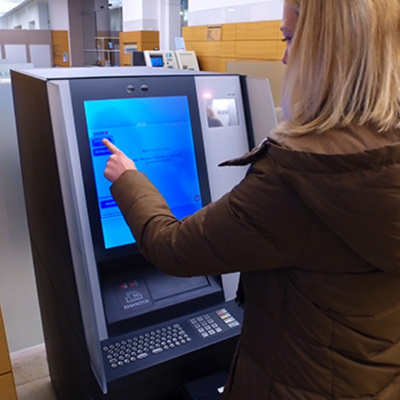 ATMs are a classic example of HMI, as their touchscreens and illuminated PIN keypads allow customers to self-serve 24/7 without the presence of a bank employee. To secure transactions, the devices use EMV chip validation and encrypted PIN-pad modules that comply with PCI security guidelines. Modern versions also offer NFC or contactless payment support, screen privacy panels, and shoulder-surfing protection. As a result, users can not only withdraw cash or check their balance but also pay bills and select a language, maintaining convenience and security in one intuitive interface.
ATMs are a classic example of HMI, as their touchscreens and illuminated PIN keypads allow customers to self-serve 24/7 without the presence of a bank employee. To secure transactions, the devices use EMV chip validation and encrypted PIN-pad modules that comply with PCI security guidelines. Modern versions also offer NFC or contactless payment support, screen privacy panels, and shoulder-surfing protection. As a result, users can not only withdraw cash or check their balance but also pay bills and select a language, maintaining convenience and security in one intuitive interface.
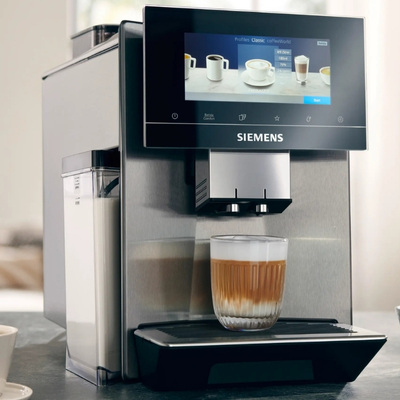 Modern coffee machines with integrated touchscreens allow users to select the type of beans, drink volume, and coffee strength, as well as precisely adjust the ratio of sugar, milk, or plant-based beverages, saving favorite recipes in an NFC or app profile. The HMI panel simultaneously displays the status of water, beans, and milk levels and automatically shows cleaning, descaling, or filter replacement warnings as soon as the corresponding diagnostic indicators light up. Manufacturers like SECO and Crane CPI implement modular HMI solutions that support contactless payments and advertisement displays, making the self-service experience both fast and hygienic.
Modern coffee machines with integrated touchscreens allow users to select the type of beans, drink volume, and coffee strength, as well as precisely adjust the ratio of sugar, milk, or plant-based beverages, saving favorite recipes in an NFC or app profile. The HMI panel simultaneously displays the status of water, beans, and milk levels and automatically shows cleaning, descaling, or filter replacement warnings as soon as the corresponding diagnostic indicators light up. Manufacturers like SECO and Crane CPI implement modular HMI solutions that support contactless payments and advertisement displays, making the self-service experience both fast and hygienic.
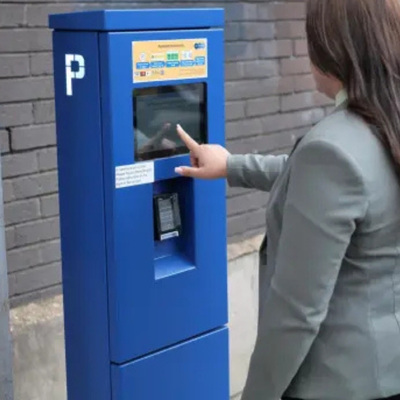 Modern parking payment kiosks replace coin-operated machines with 10-inch color touchscreens that guide drivers step by step. License plates can be entered manually or automatically read by an entry LPR camera, eliminating the need for paper tickets and speeding up exits. The interface displays real-time availability and tariff data synchronized from the cloud, allowing drivers to extend parking via their smartphone. Payments are made using contactless cards, Apple Pay, Google Pay, or QR codes, making the process hygienic. Multilingual menus and weather-resistant enclosures ensure reliable operation both on streets and in underground garages. Additionally, operators can remotely update prices and review transaction statistics, optimizing parking occupancy and maintenance schedules.
Modern parking payment kiosks replace coin-operated machines with 10-inch color touchscreens that guide drivers step by step. License plates can be entered manually or automatically read by an entry LPR camera, eliminating the need for paper tickets and speeding up exits. The interface displays real-time availability and tariff data synchronized from the cloud, allowing drivers to extend parking via their smartphone. Payments are made using contactless cards, Apple Pay, Google Pay, or QR codes, making the process hygienic. Multilingual menus and weather-resistant enclosures ensure reliable operation both on streets and in underground garages. Additionally, operators can remotely update prices and review transaction statistics, optimizing parking occupancy and maintenance schedules.
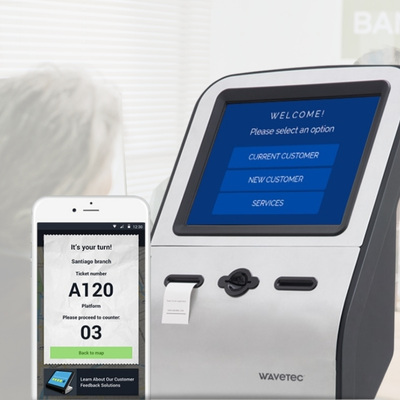 Digital queue management displays in hospitals, banks, and post offices replace paper tickets, automating customer flow and reducing average waiting times to just a few minutes. Upon entry, visitors receive a number via a terminal or mobile app; a central screen displays the queue position, estimated service time, and the specific counter in real time. Systems like Wavetec and Qmatic support audio announcements, SMS notifications, and multilingual menus, thereby improving accessibility for customers with special needs. In healthcare, Advantech offers integrated analytics panels that help administrators optimize staff shifts and prevent bottlenecks. Additionally, data is stored in the cloud, enabling management to generate reports on service level indicators and improve resource planning.
Digital queue management displays in hospitals, banks, and post offices replace paper tickets, automating customer flow and reducing average waiting times to just a few minutes. Upon entry, visitors receive a number via a terminal or mobile app; a central screen displays the queue position, estimated service time, and the specific counter in real time. Systems like Wavetec and Qmatic support audio announcements, SMS notifications, and multilingual menus, thereby improving accessibility for customers with special needs. In healthcare, Advantech offers integrated analytics panels that help administrators optimize staff shifts and prevent bottlenecks. Additionally, data is stored in the cloud, enabling management to generate reports on service level indicators and improve resource planning.
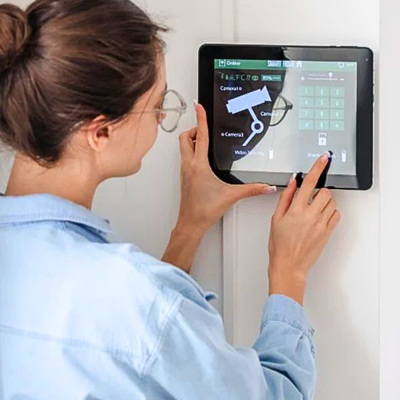 In the world of smart devices, HMI displays are becoming standard. Modern thermostats, such as the Nest 4th generation, feature borderless touchscreens with “Dynamic Farsight,” Matter support, and color indicators for air quality; Ecobee Essential allows precise climate control both on the display and via the app. Bosch Series 8 washing machines with Home Connect TFT panels display program duration, energy consumption, and offer remote start, while the Philips Hue ecosystem enables bulb control through an app with a graphical scene editor and Bridge LED indicators. Such HMI solutions make setup intuitive, reduce errors, and provide data analytics on energy usage. Additionally, cloud-based firmware enables the creation of long-term consumption graphs, cost predictions, and proactive maintenance notifications.
In the world of smart devices, HMI displays are becoming standard. Modern thermostats, such as the Nest 4th generation, feature borderless touchscreens with “Dynamic Farsight,” Matter support, and color indicators for air quality; Ecobee Essential allows precise climate control both on the display and via the app. Bosch Series 8 washing machines with Home Connect TFT panels display program duration, energy consumption, and offer remote start, while the Philips Hue ecosystem enables bulb control through an app with a graphical scene editor and Bridge LED indicators. Such HMI solutions make setup intuitive, reduce errors, and provide data analytics on energy usage. Additionally, cloud-based firmware enables the creation of long-term consumption graphs, cost predictions, and proactive maintenance notifications.
HMI displays have become an integral part of daily life, significantly improving user experience and efficiency. From ATMs to smart devices at home, this technology continues to positively impact our lives. Its continuous development points to even greater applications in the future.
HMI displays have become an integral part of daily life, improving user experience and business efficiency. With the continued integration of AI, voice, and AR, the applications of HMI will only expand.
